Description
Familiarity with treatment
Laser tattoo removal is a popular method for removing unwanted tattoos. Here are some key points to be familiar with regarding laser tattoo removal:
- How it works: Laser tattoo removal involves using high-intensity laser beams to break down the tattoo ink particles. The laser energy is absorbed by the ink, causing it to fragment into smaller pieces. These smaller ink particles are then gradually eliminated by the body’s immune system over time.
- Types of lasers used: Different types of lasers are used for tattoo removal, including Q-switched lasers such as Nd:YAG, ruby, and alexandrite lasers. These lasers emit specific wavelengths of light that target different colors of tattoo ink. The choice of laser depends on the colors and characteristics of the tattoo.
- Number of sessions: Multiple laser tattoo removal sessions are usually required to achieve significant fading or complete removal of a tattoo. The number of sessions needed depends on various factors, including the size, color, and depth of the tattoo, as well as the individual’s skin type and response to treatment. Typically, sessions are spaced several weeks apart to allow the skin to heal.
- Pain and discomfort: Laser tattoo removal can cause some discomfort during the procedure. Many people describe the sensation as similar to the feeling of a rubber band snapping against the skin. However, the pain is usually tolerable, and numbing creams or local anesthesia can be used to minimize discomfort.
- Side effects and risks: Laser tattoo removal may cause temporary side effects such as redness, swelling, blistering, or scabbing in the treated area. These side effects are usually mild and subside within a few weeks. In rare cases, there is a risk of scarring, skin texture changes, or pigmentary changes. It is important to follow the aftercare instructions provided by the laser specialist to minimize these risks.
- Limitations: Laser tattoo removal may not completely remove all tattoo ink, especially for tattoos with certain colors, such as green or yellow, which can be more challenging to treat. Additionally, older tattoos or tattoos with deep ink penetration may require more sessions for significant fading or removal.
- Consultation with a professional: It is important to consult with a qualified dermatologist or laser specialist who specializes in tattoo removal. They will assess your tattoo, discuss your expectations, and provide personalized recommendations based on your specific situation. They can also provide information on the expected outcomes and potential risks associated with laser tattoo removal.
Who is it suitable for?
Laser tattoo removal is suitable for a wide range of individuals who wish to remove unwanted tattoos. However, the suitability of laser tattoo removal may vary depending on certain factors. Here are some considerations:
- Tattoo colors: Laser tattoo removal is most effective for tattoos with darker ink colors, such as black, blue, and dark green. These colors absorb the laser light more efficiently, allowing for better ink fragmentation. Lighter colors, such as yellow, orange, and light green, may be more challenging to remove.
- Skin type: Laser tattoo removal can be performed on various skin types, but individuals with lighter skin tones tend to have better results. Darker skin tones may have a higher risk of pigmentation changes or scarring. A qualified laser specialist will assess your skin type and determine the appropriate laser settings for your treatment.
- Tattoo age and depth: Older tattoos generally respond better to laser removal compared to newer ones. The ink in older tattoos may have already started to break down naturally over time. Additionally, tattoos that are closer to the surface of the skin are typically easier to remove than those with deeper ink penetration.
- Health considerations: It is important to disclose any underlying health conditions or medications you are taking to the laser specialist. Certain medical conditions or medications may affect the suitability or safety of laser tattoo removal. Pregnant or breastfeeding individuals are generally advised to postpone laser treatments.
- Expectations and commitment: Laser tattoo removal requires multiple treatment sessions, typically spaced several weeks apart. It is important to have realistic expectations and understand that complete tattoo removal may not always be possible. Fading or significant lightening of the tattoo is a more achievable goal. Additionally, commitment to following the aftercare instructions and attending all scheduled sessions is crucial for optimal results.
Who is it not suitable for?
While laser tattoo removal is generally safe and effective, there are certain situations where it may not be suitable or recommended. Here are some factors that may make laser tattoo removal unsuitable for certain individuals:
- Darker skin tones: Laser tattoo removal can be more challenging and carry a higher risk of pigmentation changes or scarring in individuals with darker skin tones. It is important to consult with a qualified laser specialist who has experience working with diverse skin types to determine the best approach for your specific situation.
- Active skin infections or conditions: If you have an active skin infection, such as a bacterial or viral infection, or certain skin conditions like eczema or psoriasis, laser tattoo removal may not be recommended until the infection or condition is properly treated and under control. These conditions can interfere with the healing process and increase the risk of complications.
- History of keloid or hypertrophic scarring: Individuals with a history of keloid or hypertrophic scarring may have an increased risk of developing excessive scar tissue in response to laser tattoo removal. It is important to discuss your medical history and any previous scarring with the laser specialist to assess the suitability of the procedure.
- Pregnancy or breastfeeding: Laser tattoo removal is generally not recommended for individuals who are pregnant or breastfeeding. The potential effects of laser treatment on the developing fetus or the transfer of laser-related substances through breast milk are not well-studied, so it is advisable to postpone the procedure until after pregnancy and breastfeeding.
- Certain medical conditions or medications: Some medical conditions or medications may interfere with the healing process or increase the risk of complications during laser tattoo removal. It is important to disclose your complete medical history and any medications you are taking to the laser specialist for a thorough evaluation of suitability.
- Unrealistic expectations or commitment: Laser tattoo removal requires multiple treatment sessions, and complete removal may not always be possible. It is important to have realistic expectations and understand that fading or significant lightening of the tattoo is a more achievable goal. Additionally, commitment to following the aftercare instructions and attending all scheduled sessions is crucial for optimal results.
Advantages
Laser tattoo removal offers several advantages compared to other methods of tattoo removal. Here are some key advantages of laser tattoo removal:
- Non-invasive: Laser tattoo removal is a non-invasive procedure that does not require surgical incisions or excisions. It uses laser technology to break down the tattoo ink without damaging the surrounding skin, making it a safer and less invasive option compared to surgical methods.
- Effective on various colors: Laser tattoo removal is effective in targeting and removing a wide range of tattoo ink colors. Different types of lasers can be used to target specific colors, allowing for customized treatment based on the tattoo’s color composition.
- Selective targeting: Laser technology allows for precise targeting of the tattoo ink without affecting the surrounding skin. The laser energy is absorbed by the tattoo ink particles, causing them to fragment into smaller pieces that can be naturally eliminated by the body’s immune system.
- Gradual fading: Laser tattoo removal typically requires multiple treatment sessions, allowing for gradual fading of the tattoo over time. This allows the skin to heal between sessions and reduces the risk of scarring or other complications.
- Minimal scarring: When performed by a skilled and experienced laser specialist, laser tattoo removal has a lower risk of scarring compared to surgical methods such as excision or dermabrasion. The laser energy selectively targets the tattoo ink, minimizing damage to the surrounding skin.
- Customizable treatment: Laser tattoo removal can be tailored to the specific characteristics of the tattoo, such as size, color, and depth. The laser specialist can adjust the laser settings and choose the appropriate laser type to optimize the treatment for each individual tattoo.
- Wide availability: Laser tattoo removal is widely available in many dermatology and aesthetic clinics. Skilled laser specialists with experience in tattoo removal can be found in various locations, making it accessible to individuals seeking tattoo removal services.
Complications
Laser tattoo removal is generally considered a safe and effective method for removing unwanted tattoos. However, like any medical procedure, there can be potential complications. Some possible complications of laser tattoo removal include:
- Skin irritation: Laser tattoo removal can cause temporary skin irritation, such as redness, swelling, and blistering. These side effects are usually mild and resolve on their own within a few days or weeks.
- Hyperpigmentation: In some cases, laser tattoo removal can cause the treated area to become darker than the surrounding skin. This is known as hyperpigmentation and is more common in people with darker skin tones. Hyperpigmentation is usually temporary but can take several months to fade.
- Hypopigmentation: On the other hand, laser tattoo removal can also cause the treated area to become lighter than the surrounding skin. This is known as hypopigmentation and is more common in people with lighter skin tones. Like hyperpigmentation, hypopigmentation is usually temporary but can take several months to improve.
- Scarring: Although rare, laser tattoo removal can potentially cause scarring. This is more likely to occur if the treated area becomes infected or if the person has a history of keloid or hypertrophic scarring. Proper aftercare and following the dermatologist’s instructions can help minimize the risk of scarring.
- Infection: Anytime the skin is broken, there is a risk of infection. Laser tattoo removal involves breaking the skin to target the tattoo ink. It is important to keep the treated area clean and follow the dermatologist’s instructions to reduce the risk of infection.
- Allergic reactions: Some people may have an allergic reaction to the tattoo ink or the laser used in the removal process. This can cause symptoms such as itching, rash, or hives. If you have a known allergy, it is important to inform your dermatologist before undergoing laser tattoo removal.
Previous care
Before undergoing laser tattoo removal, it is important to take certain precautions and follow specific care instructions to ensure the best possible outcome and minimize the risk of complications. Here are some important considerations before laser tattoo removal:
- Consultation with a dermatologist: Schedule a consultation with a qualified dermatologist or laser specialist to discuss your tattoo and determine if you are a suitable candidate for laser tattoo removal. They will assess factors such as the size, color, and location of the tattoo, as well as your skin type and medical history.
- Choose a reputable clinic: Research and choose a reputable clinic or dermatologist who specializes in laser tattoo removal. Look for reviews, certifications, and experience in performing the procedure.
- Medical history and medications: Inform your dermatologist about your complete medical history, including any underlying health conditions, allergies, or medications you are currently taking. Certain medical conditions or medications may affect the suitability or safety of laser tattoo removal.
- Sun exposure: Avoid excessive sun exposure and tanning beds before and after laser tattoo removal. Sunburned or tanned skin can increase the risk of complications and interfere with the effectiveness of the treatment. Use sunscreen with a high SPF to protect the treated area from the sun.
- Avoid self-tanning products: Do not use self-tanning products on the tattooed area before laser tattoo removal. These products can interfere with the laser’s ability to target the tattoo ink and may increase the risk of complications.
- Shave the area: If the tattooed area has hair, it may be necessary to shave the area before the laser treatment. This allows the laser to target the tattoo ink more effectively.
- Follow pre-treatment instructions: Your dermatologist will provide specific instructions to follow before the laser tattoo removal procedure. This may include avoiding certain medications or skincare products, cleansing the area thoroughly, and avoiding alcohol or caffeine before the treatment.
- Aftercare instructions: After the laser tattoo removal procedure, your dermatologist will provide detailed aftercare instructions. This may include keeping the treated area clean, applying prescribed ointments or creams, avoiding excessive sun exposure, and avoiding activities that may irritate or damage the treated skin.
- Multiple sessions: Keep in mind that laser tattoo removal usually requires multiple sessions spaced several weeks apart to achieve optimal results. Be prepared for multiple visits to the clinic and follow the recommended treatment schedule.
Aftercare
After undergoing laser tattoo removal, proper aftercare is crucial to promote healing, minimize the risk of complications, and achieve the best possible results. Here are some general aftercare guidelines to follow:
- Keep the treated area clean: Gently clean the treated area with mild soap and water. Avoid scrubbing or rubbing the area vigorously. Pat dry with a clean towel or let it air dry.
- Apply prescribed ointments or creams: Your dermatologist may recommend applying a topical ointment or cream to the treated area. Follow their instructions on how often to apply and how much to use. These products can help soothe the skin, reduce inflammation, and promote healing.
- Protect the treated area: Cover the treated area with a sterile, non-stick dressing or gauze pad to protect it from friction, irritation, and potential infection. Change the dressing as instructed by your dermatologist.
- Avoid picking or scratching: It is important to resist the urge to pick, scratch, or peel any scabs or blisters that may form. Let them heal naturally to minimize the risk of scarring or infection.
- Avoid sun exposure: Protect the treated area from direct sunlight and UV rays. Sun exposure can increase the risk of hyperpigmentation and delay the healing process. If you need to go outside, cover the area with clothing or use a broad-spectrum sunscreen with a high SPF.
- Avoid hot baths, saunas, and swimming pools: For a few days after the treatment, avoid hot baths, saunas, and swimming pools. These activities can increase the risk of infection and slow down the healing process.
- Avoid strenuous activities: Refrain from engaging in strenuous activities or exercises that may cause excessive sweating or friction on the treated area. This can help prevent irritation and promote proper healing.
- Follow the recommended treatment schedule: Laser tattoo removal usually requires multiple sessions spaced several weeks apart. It is important to follow the recommended treatment schedule provided by your dermatologist for optimal results.
- Communicate with your dermatologist: If you experience any unusual or concerning symptoms, such as severe pain, excessive swelling, pus, or signs of infection, contact your dermatologist immediately. They can provide guidance and address any concerns you may have.
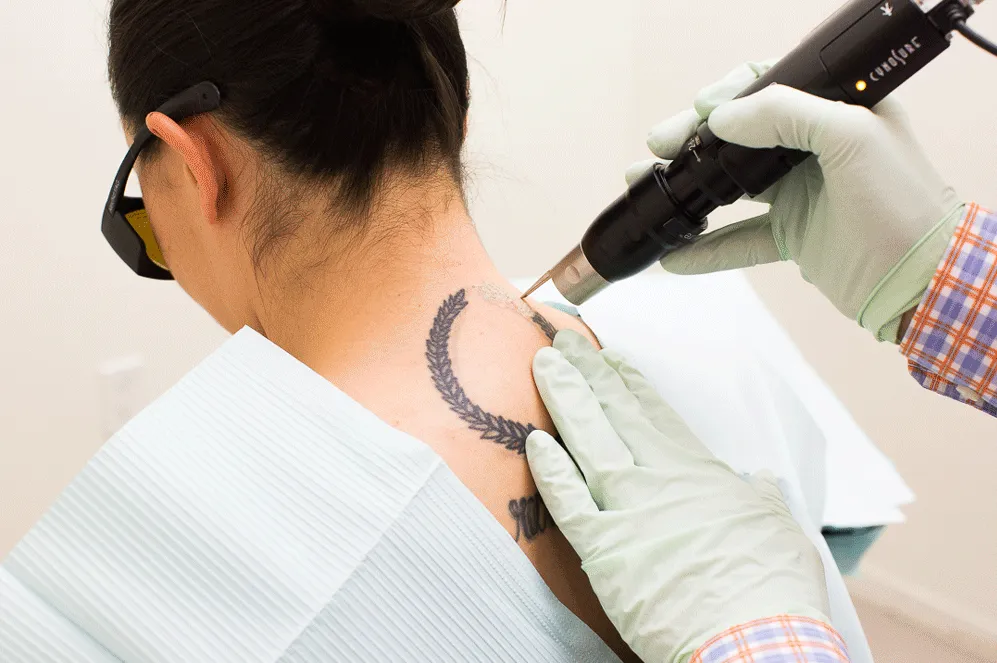
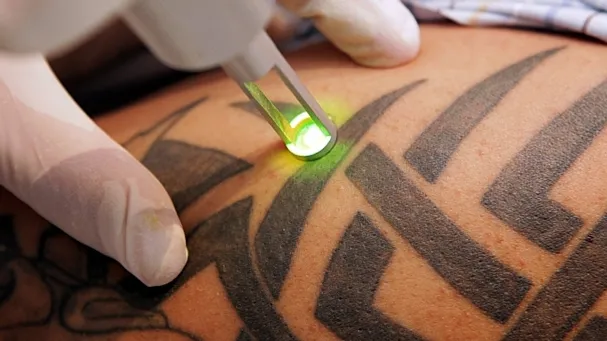
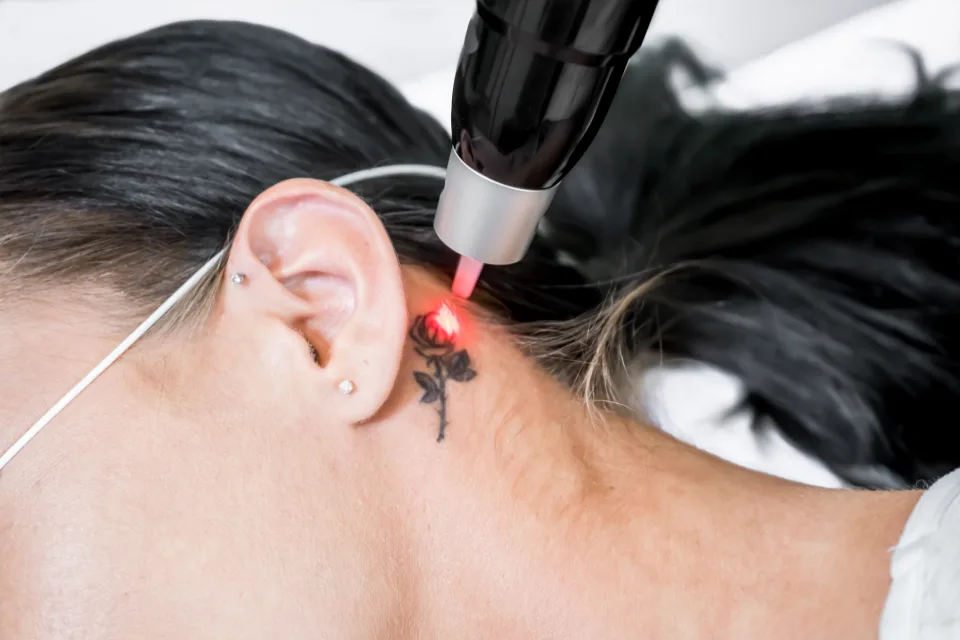
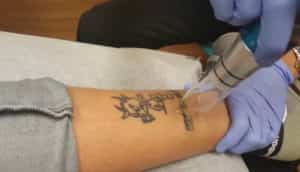


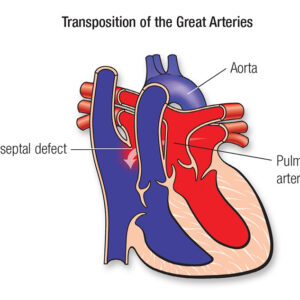

Reviews
There are no reviews yet.